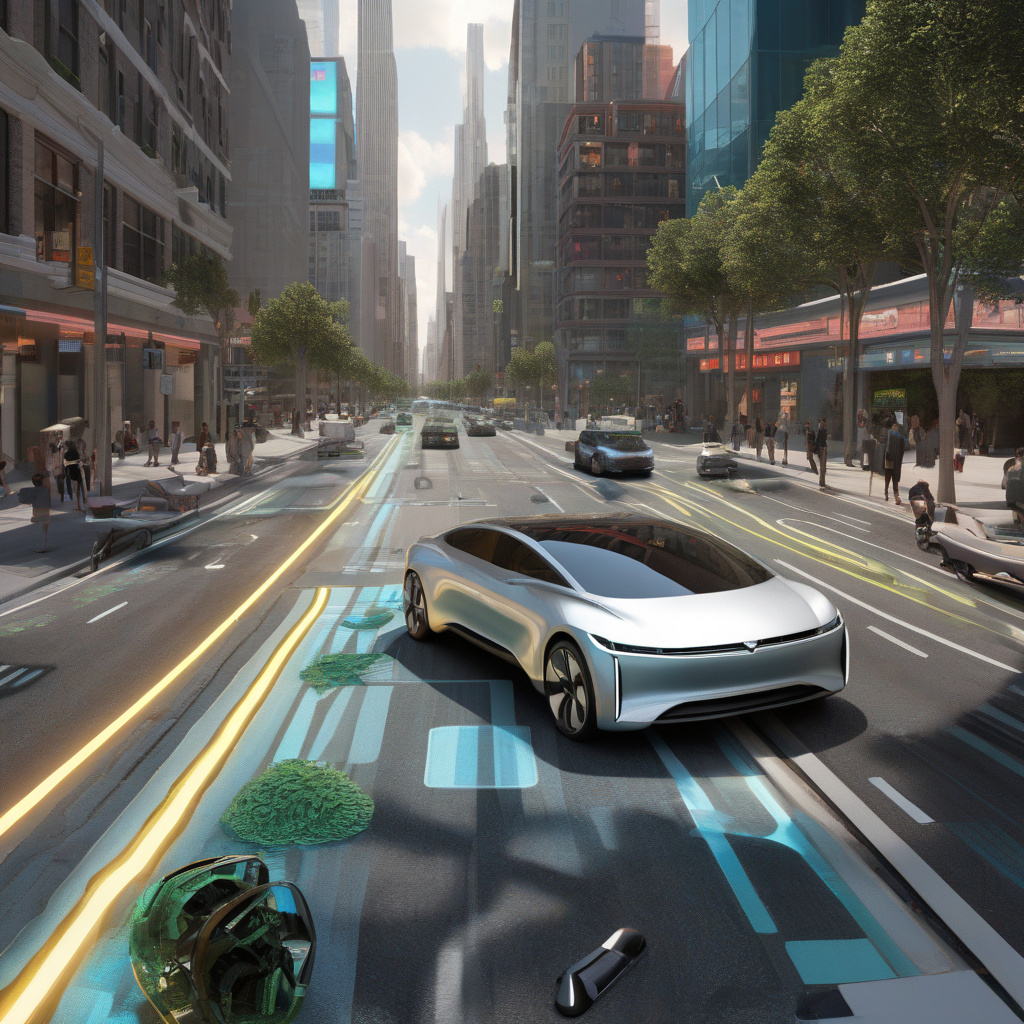Cutting-Edge Object Detection for Autonomous Vehicles: Advanced Transformers and Multi-Sensor Fusion
In the realm of autonomous driving, the pursuit of reliable object detection remains a critical frontier. The demand for systems that can adeptly navigate through diverse weather conditions, handle occlusions with finesse, and accurately discern objects of varying sizes is ever-increasing. However, the challenge lies not only in achieving these feats but also in doing so efficiently, without overwhelming hardware resources. This is where the next generation of object detection technologies comes into play, pushing the boundaries of what was previously thought possible.
Traditional Convolutional Neural Network (CNN) based pipelines have long been the cornerstone of object detection in autonomous vehicles. While they have served us well, there comes a point where innovation must take precedence over stagnation. The advent of advanced Transformer architectures heralds a new era in 3D detection, promising enhanced capabilities that can revolutionize the way autonomous vehicles perceive and interact with their surroundings.
One of the key advancements in this domain is the exploration of Transformer-based 3D detection with enhanced modules. By leveraging the power of Transformers, developers can significantly improve the accuracy and robustness of object detection systems. For instance, variants of the popular DETR (DEtection TRansformer) model have been tailored to handle multi-view geometry, a crucial aspect in the context of autonomous driving.
Conventional DETR models excel at processing 2D images, but the introduction of extensions like Deformable DETR, DETR3D, and BEVFormer has opened up new possibilities. These variants are designed to align multi-camera data in three-dimensional space, utilizing geometry cues to enhance object detection accuracy. In complex scenarios such as busy intersections where multiple cameras capture overlapping views, a 3D aggregator can seamlessly integrate these perspectives, providing a comprehensive understanding of the environment.
Moreover, the integration of LiDAR-camera cross-attention modules further enriches the detection capabilities of autonomous vehicles. By fusing data from different sensors and enabling them to complement each other, these modules enhance the overall perception system. This multi-sensor fusion approach not only improves the accuracy of object detection but also enhances the system’s resilience in challenging conditions.
In addition to 3D detection enhancements, specialized polyline-based lane estimation techniques coupled with nuanced synchronization methods offer a more holistic approach to autonomous driving. These innovations go beyond object detection, focusing on lane estimation, a critical aspect of autonomous navigation. By incorporating detailed polyline-based lane models and sophisticated synchronization mechanisms, developers can create more precise and reliable autonomous driving systems.
For developers familiar with baseline approaches such as two-stage detectors or initial Transformer backbones, delving into these advanced techniques can unlock a wealth of opportunities. Improved attention blocks, efficient memory management strategies, and considerations for on-device constraints are just a few areas where these cutting-edge technologies excel.
In conclusion, the evolution of object detection for autonomous vehicles is at an exciting juncture, with advanced Transformer architectures and multi-sensor fusion paving the way for unprecedented capabilities. By harnessing these innovations, developers can create more sophisticated, efficient, and reliable autonomous driving systems that are poised to redefine the future of transportation. As we continue to push the boundaries of what is possible in this field, the potential for safer, smarter, and more autonomous vehicles becomes increasingly within reach.

